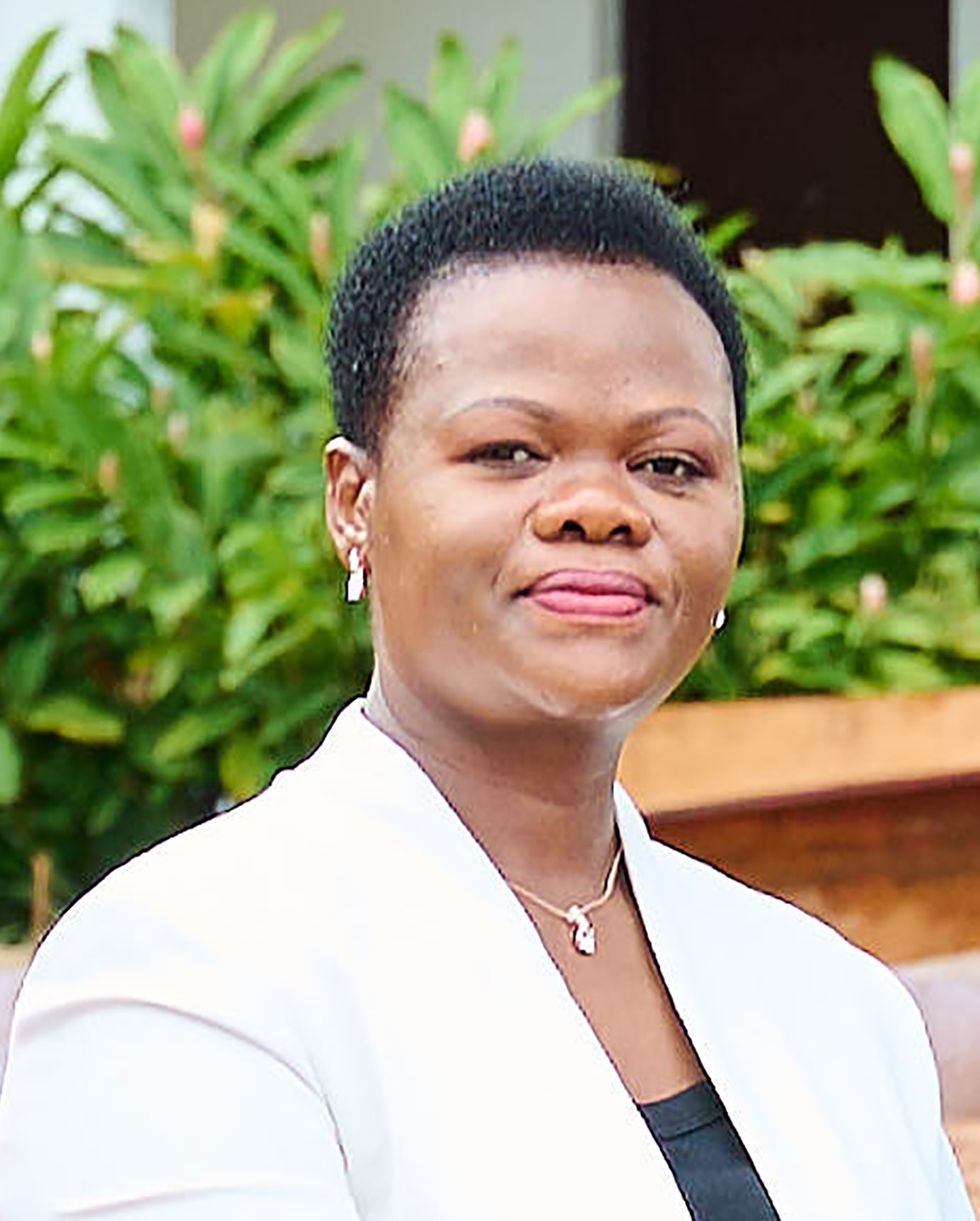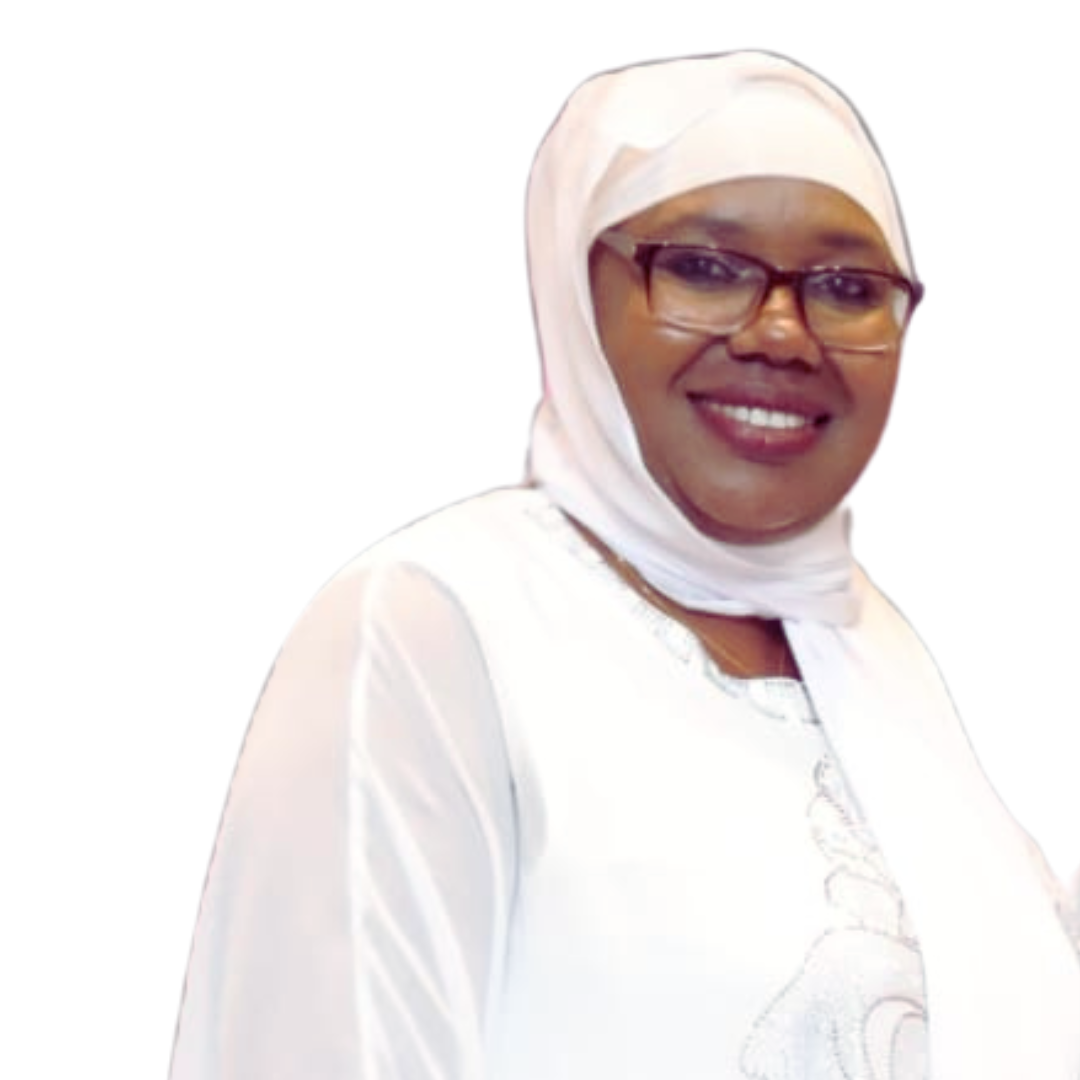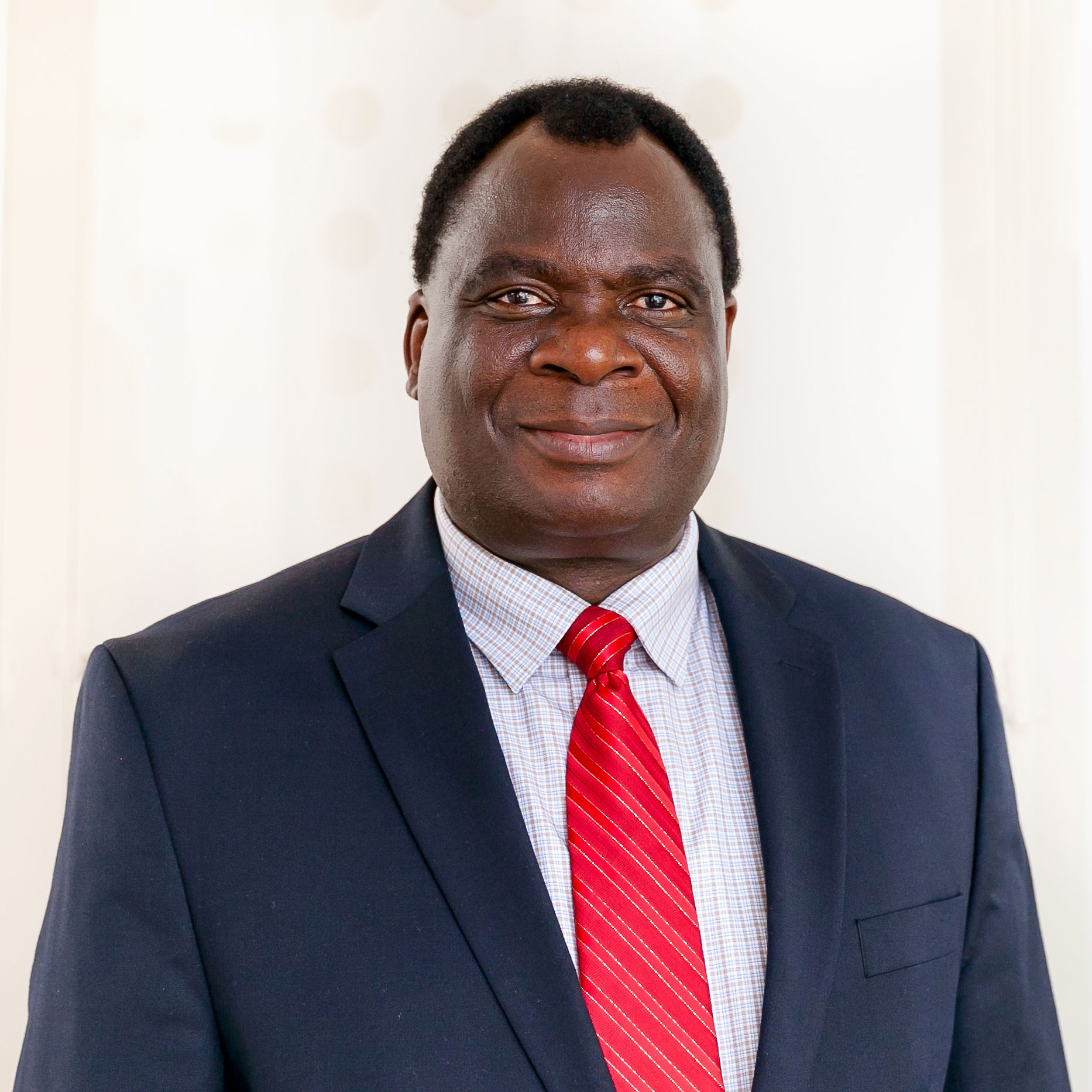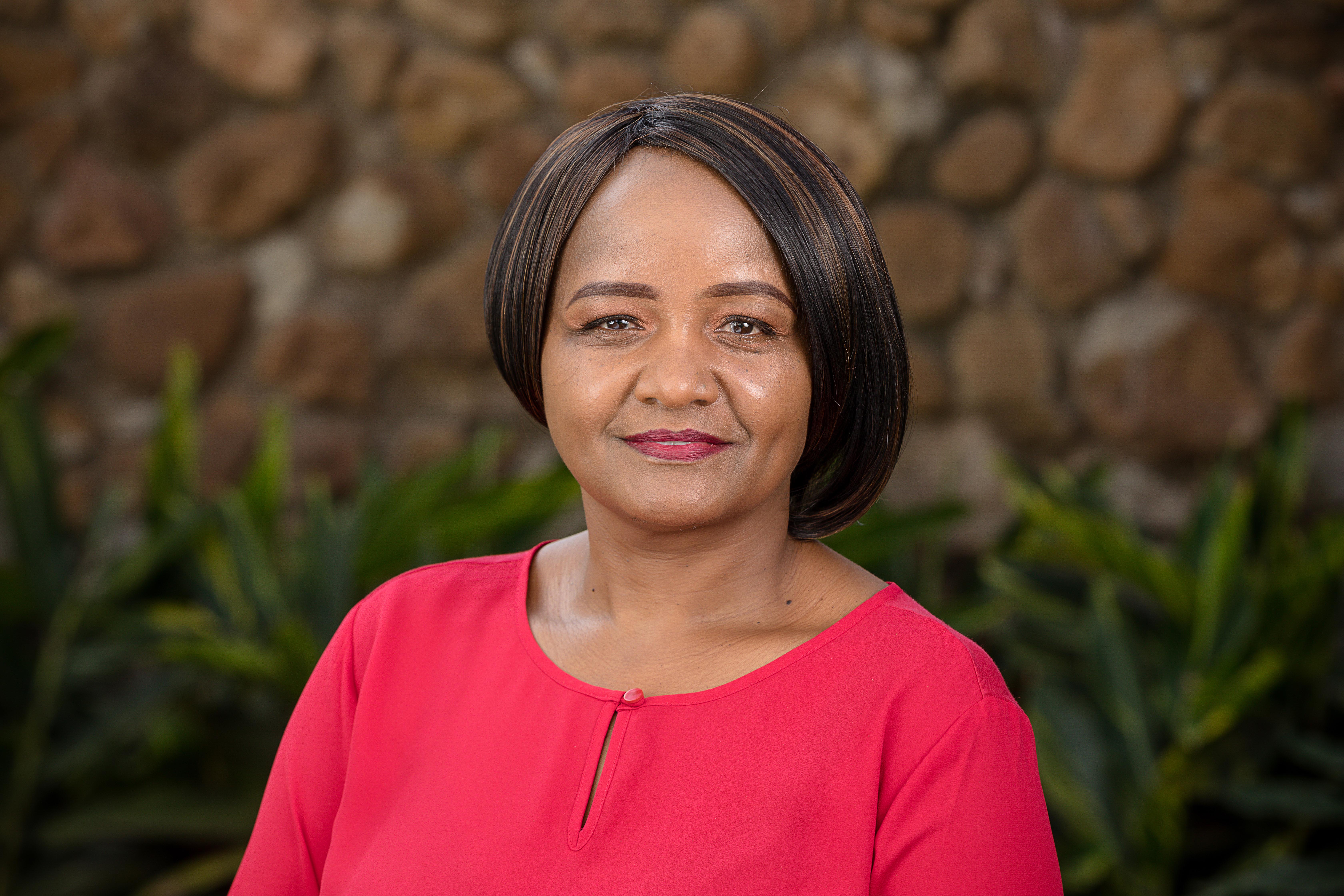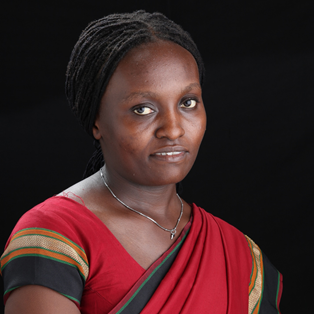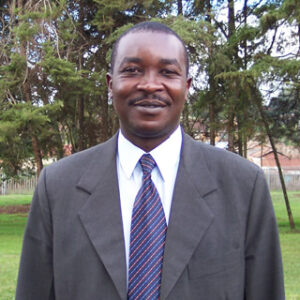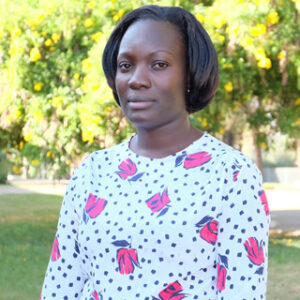By Verenardo Meeme
May 6, 2025
Salima, Malawi —Bt cotton has transformed the livelihoods of Malawian farmers since it was approved in 2020. In the bustling village of Salima, near the shores of Lake Malawi, three Bt cotton farmers recently reflected on how four seasons of successful harvests have changed their lives.
Amani Kafa: Higher yields, brighter future
Amani Kafa, a 31-year-old father of three from Chidzaye Village, has seen remarkable progress since he began cultivating Bt cotton in 2020. He chose cotton over other crops due to its reliable market timing and higher profitability.
“I can confidently say that Bt cotton gives us much higher yields than conventional cotton,” he says with a warm smile, wiping sweat from his brow under the midday sun. “The difference in harvests is huge.”
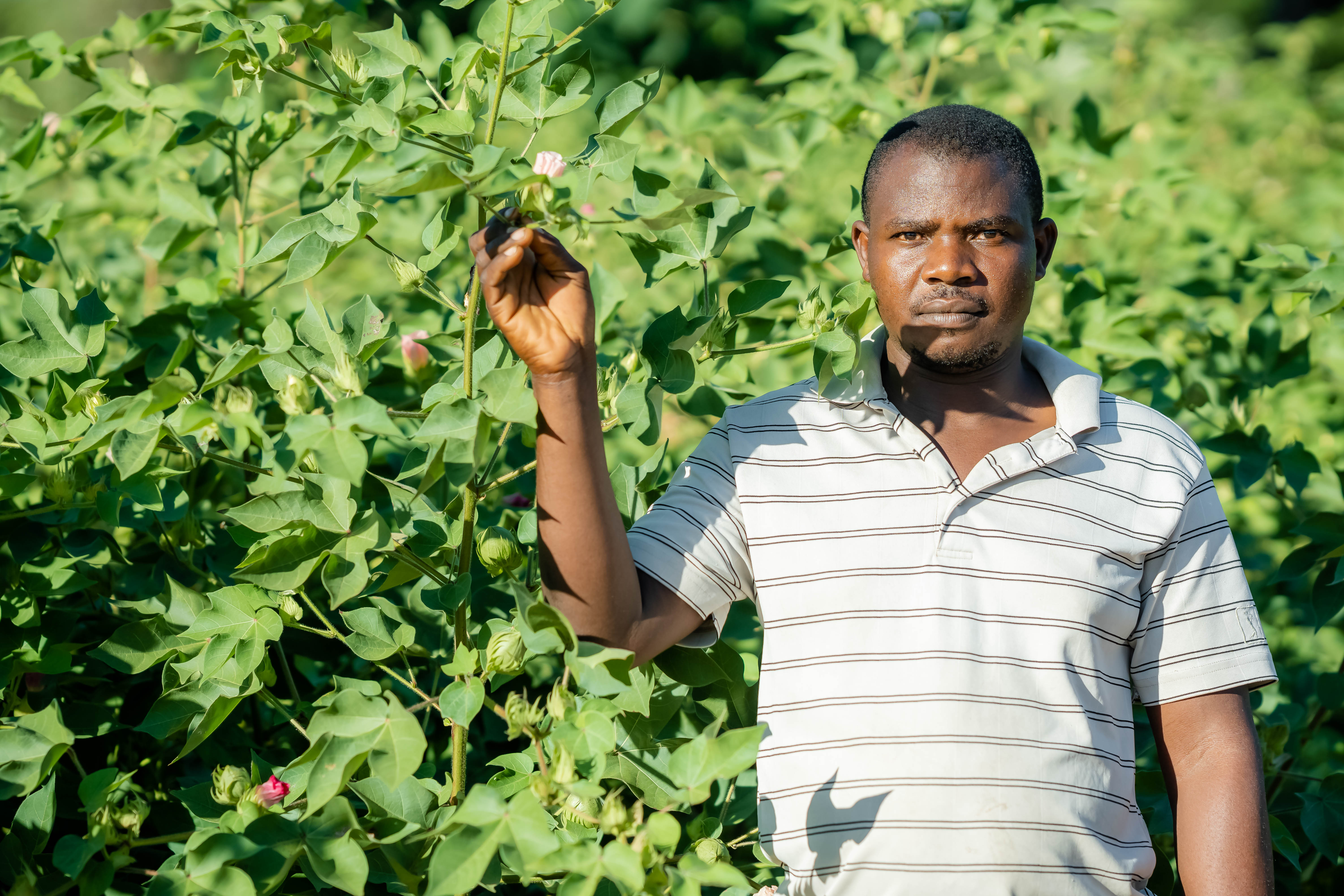
Previously, Kafa harvested about 50 bales using conventional seeds on his two acres of land. With Bt cotton, his yield surged to 100-150 bales per season on the same piece of land. In addition, improved fiber quality ensures better market prices.
Thanks to cotton farming, Kafa has purchased a two-acre plot, built a house and bought a car. “I hope to achieve even more,” he says.
The new variety also greatly reduced his reliance on pesticides. “Bt cotton resists pests like the African bollworm, which used to devastate our crops,” he explains. “Now, I spray only three times a season, instead of 12.”
Kafa dismisses myths about soil degradation, a claim often spread by anti-GMO groups. “There’s no truth to it; my farm remains fertile,” he asserts, urging fellow farmers to embrace Bt cotton.
Azere Joseph: From struggle to success
Nearby, 30-year-old Azere Joseph tends his thriving Bt cotton field. In the past, he struggled to harvest four bales per acre using local seeds. By growing Bt cotton, he has seen his yields increase dramatically to 18.5 bales.
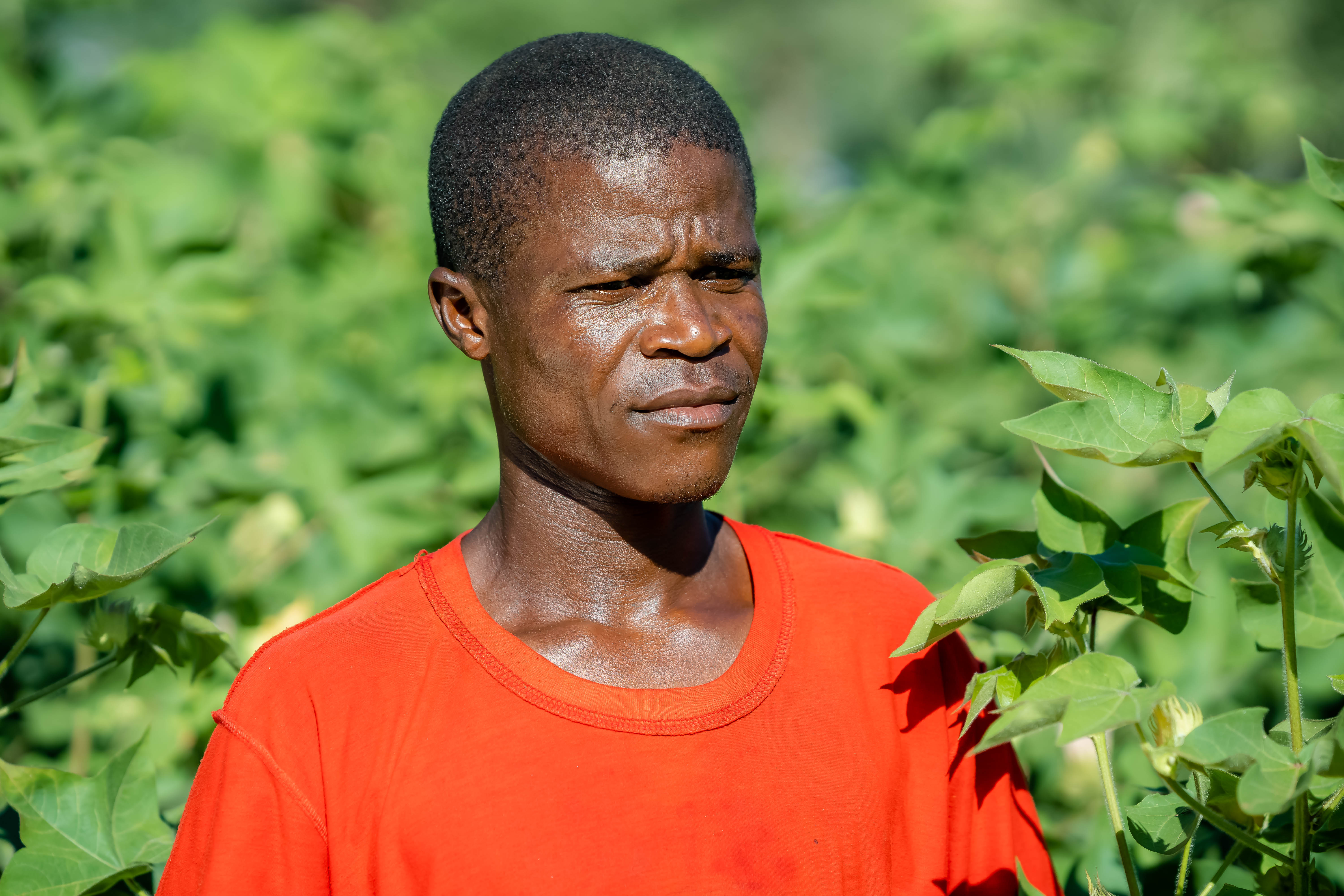
“This seed is perfect for agribusiness,” Joseph says. Last season, his sales earned him K1.7 million, enabling him to build a house and buy a motorcycle. With improved finances, his children attend school without hardship. His next goal is to buy cattle.
“Such achievements were impossible before,” he says. “Bt cotton is changing our lives.”
Ackim Livinala: Expanding opportunities
Ackim Livinala, 46, has farmed cotton since 2007. Switching to Bt cotton from local seeds doubled his yields. He used to harvest four bales per acre. Now he reaps eight. Last year, he harvested 34 bales on three acres, compared to just seven bales on four acres with conventional seeds.
“Bt cotton is expensive, but worth every kwacha,” Livinala says.
The reduced need for pesticides is another advantage. “We sprayed weekly before, but now, only twice a month as a precaution,” he explains.
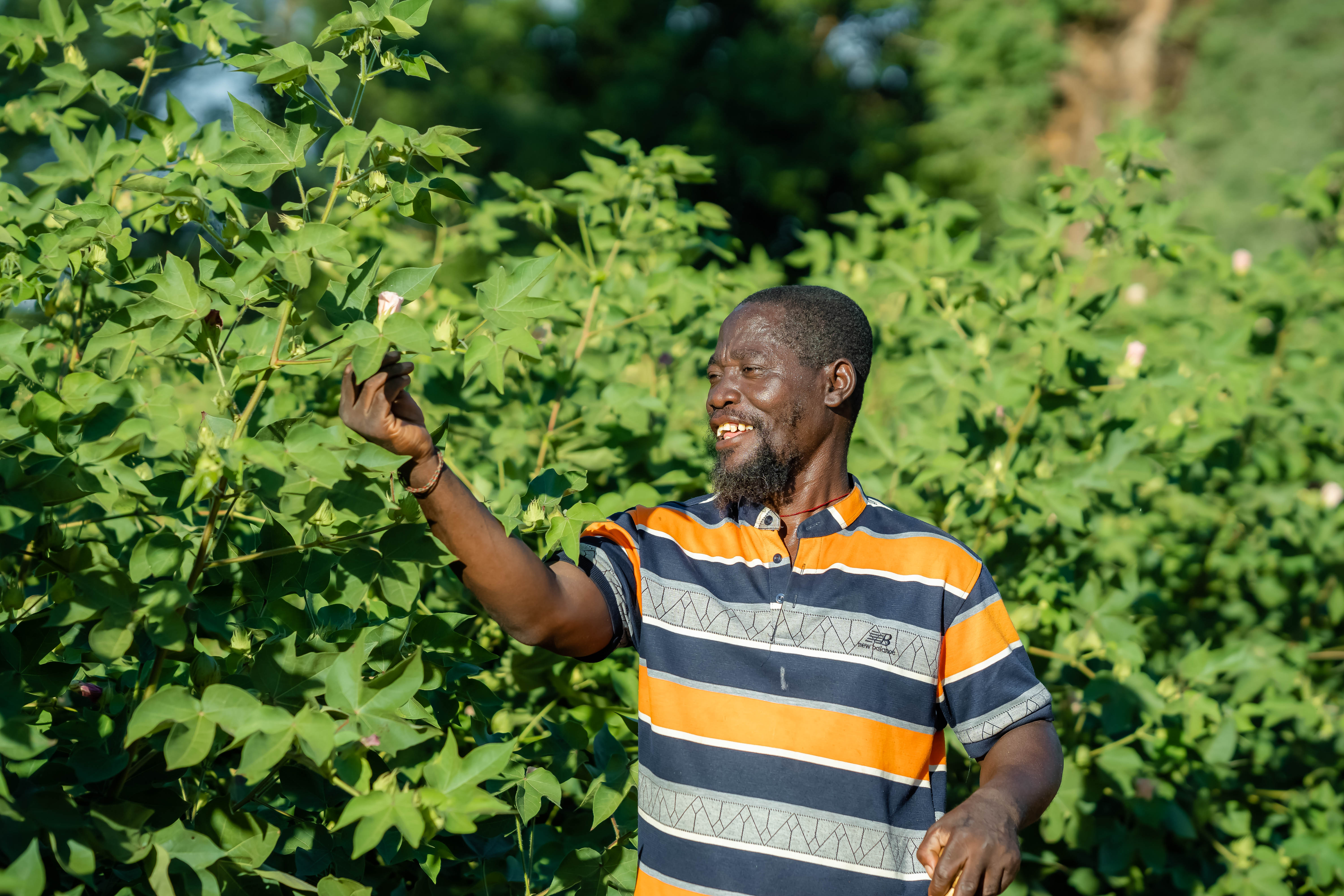
His profits have allowed him to construct a house and buy cattle, an oxcart and seven acres of land to grow other crops. “I’ve even bought land for each of my four children,” he says proudly. “If we had adopted Bt cotton earlier, we’d be even further ahead.”
Biotechnology: Building Malawi’s future
“Malawi faces pressing challenges, such as insect pests, population growth and food insecurity,” says Lyson Kampira, OFAB Malawi Chapter Coordinator. “Biotechnology is not just an option; it’s a necessity.”
Since establishing a regulatory framework for biotechnology in 2002, Malawi has seen promising results. Bt cotton, for instance, has doubled, tripled and even quadrupled yields, dramatically boosting farmers’ incomes.
However, Kampira notes a lingering knowledge gap. “Many Malawians remain unaware of how biotechnology can revolutionize farming and secure our food future,” he says.
For farmers like Kafa, Joseph and Livinala, the proof is in their fields and their newfound financial security. As they continue to reap the benefits of Bt cotton, their stories serve as a testament to the power of innovation in transforming lives.














